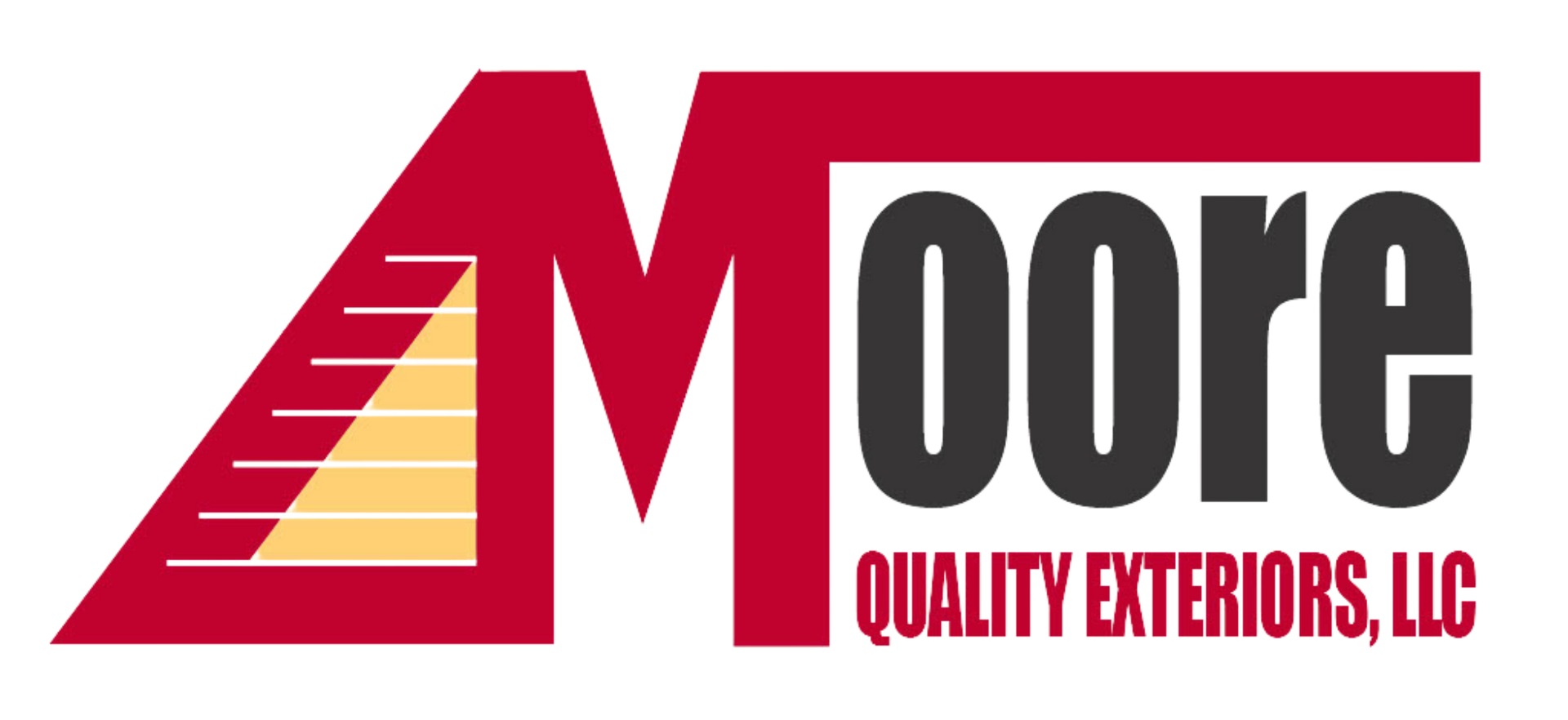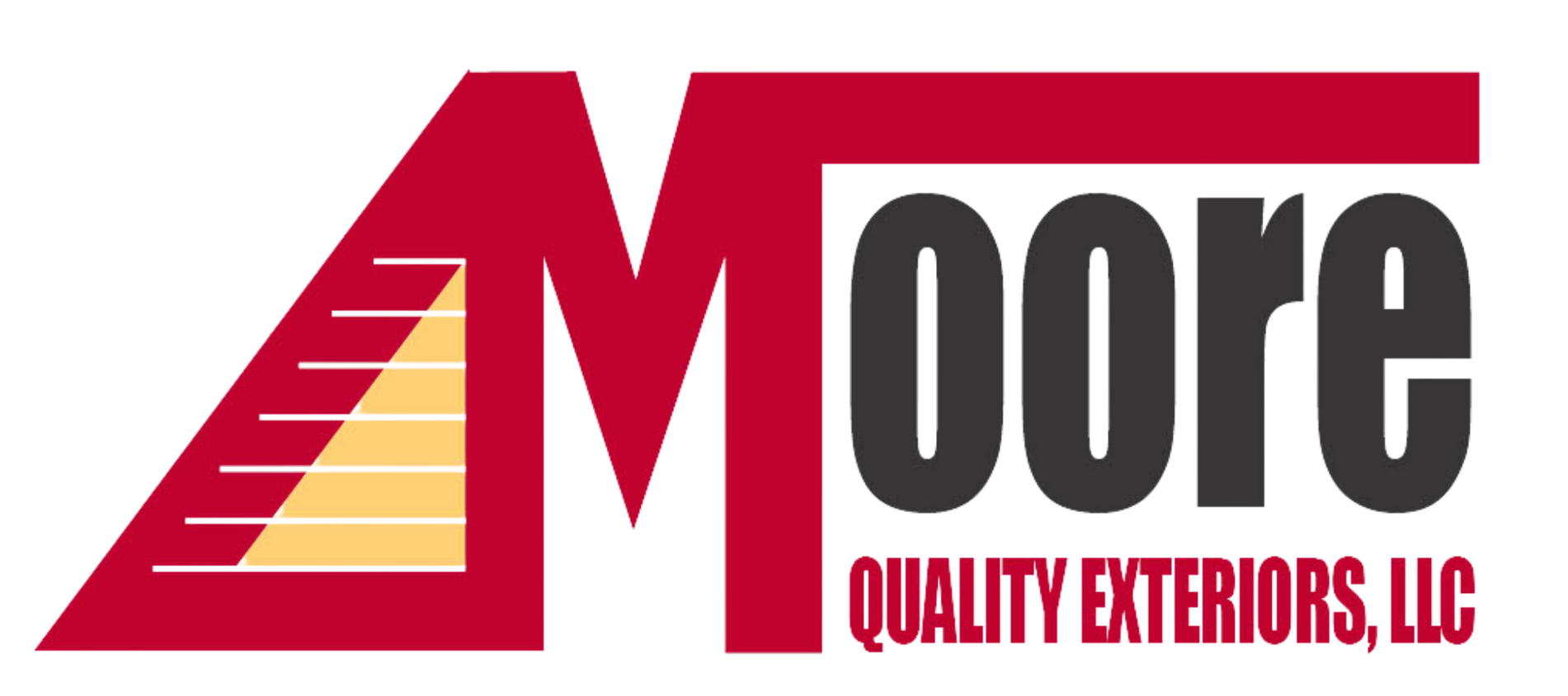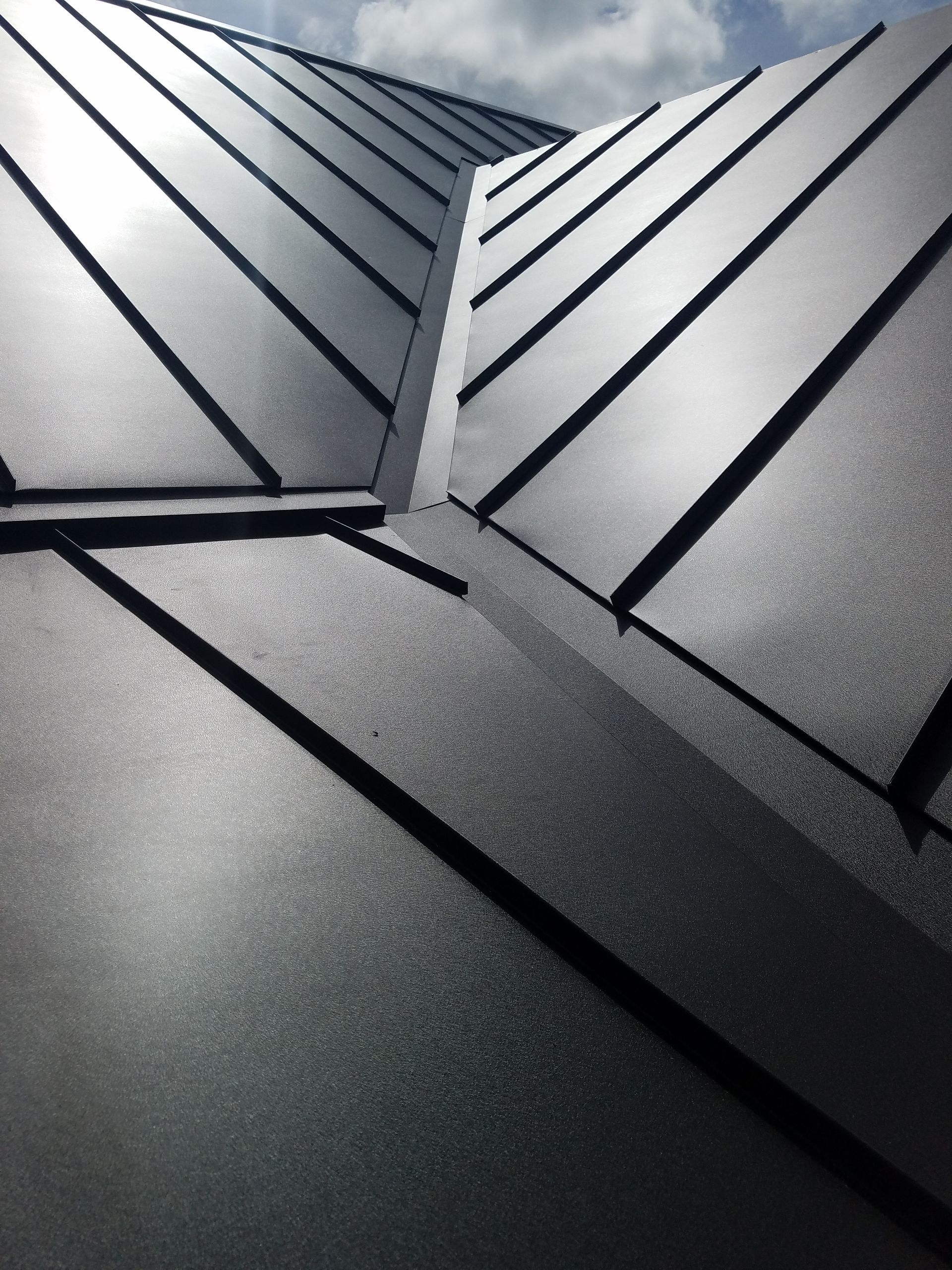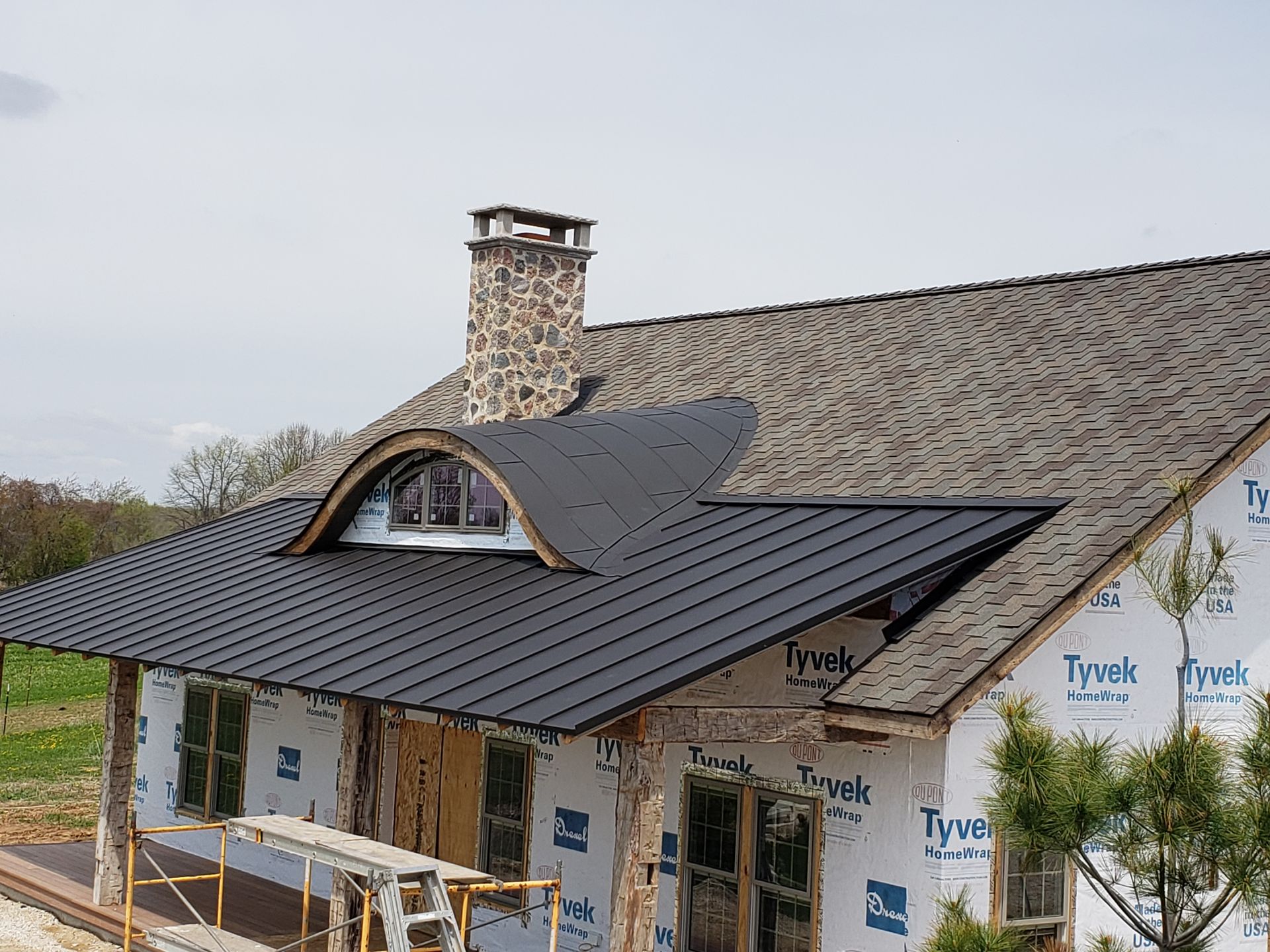Roof Pitches: Exploring Types and Their Benefits for Your Home
Chad Moore • January 7, 2025
Moore Quality Exteriors Explains How Roof Pitch Impacts Style, Function, and Performance
When it comes to designing or replacing a roof, the pitch is one of the most important factors to consider. A roof’s pitch affects its appearance, functionality, and ability to withstand the elements. At Moore Quality Exteriors, we’ve worked with homeowners across the region to select the perfect roof pitch for their needs. Here’s a guide to understanding roof pitches, their types, and the benefits they bring to your home.
Contact Us Today
What Is Roof Pitch?
Roof pitch refers to the steepness or slope of a roof, expressed as a ratio of vertical rise to horizontal run (e.g., 4:12, meaning 4 inches of rise for every 12 inches of run). It’s a crucial aspect of roof design that influences drainage, durability, and overall aesthetic.
Types of Roof Pitches
Flat Roofs
Slope: Minimal pitch, usually less than 2:12.
Best For: Modern homes, commercial buildings, and areas with mild climates.
Benefits:
Provides usable rooftop space for gardens or solar panels.
Easier and safer to access for maintenance.
Offers a sleek, modern aesthetic.
Low-Slope Roofs
Slope: Between 2:12 and 4:12.
Best For: Ranch-style homes and contemporary designs.
Benefits:
Cost-effective and easier to construct.
Adequate water drainage in areas with light rainfall.
Allows for a variety of roofing materials, such as metal or rolled roofing.
Medium-Slope Roofs
Slope: Between 4:12 and 9:12.
Best For: Traditional home designs, including Cape Cod and Colonial styles.
Benefits:
Excellent water and snow drainage.
Accommodates a wide range of roofing materials like asphalt shingles and tiles.
Combines aesthetic appeal with practical performance.
Steep-Slope Roofs
Slope: Greater than 9:12.
Best For: Victorian, Tudor, and Gothic-style homes.
Benefits:
Exceptional drainage for heavy rain and snow.
Increased attic or storage space.
Distinct, dramatic appearance that adds curb appeal.
Factors to Consider When Choosing a Roof Pitch
Climate
Steeper roofs are ideal for areas with heavy snow or rain, as they shed moisture quickly and prevent buildup.
Flat and low-slope roofs are better suited for dry climates with minimal precipitation.
Architectural Style
Your roof’s pitch should complement the overall design of your home. For example, steep pitches enhance the charm of Victorian homes, while low slopes align with modern aesthetics.
Maintenance and Accessibility
Flat and low-slope roofs are easier to inspect and maintain.
Steep roofs may require specialized equipment and professional services for upkeep.
Budget
Steeper roofs often involve higher material and labor costs due to their complexity.
Low-slope roofs are typically more budget-friendly to install and repair.
The Moore Quality Exteriors Advantage
At Moore Quality Exteriors, we take pride in helping homeowners make informed decisions about their roofs. When you work with us, you’ll benefit from:
Expert Guidance: Our team will evaluate your home’s design, location, and needs to recommend the best roof pitch.
Top-Quality Materials: We use only premium materials to ensure your roof performs beautifully for years to come.
Exceptional Craftsmanship: With years of experience, we deliver flawless installations and repairs, no matter the pitch.
Enhance Your Home with the Perfect Roof Pitch
The right roof pitch not only protects your home but also enhances its curb appeal and value. Whether you’re building a new home or replacing an old roof, Moore Quality Exteriors is here to help. Contact us today to schedule a consultation and find the ideal roof pitch for your needs!








